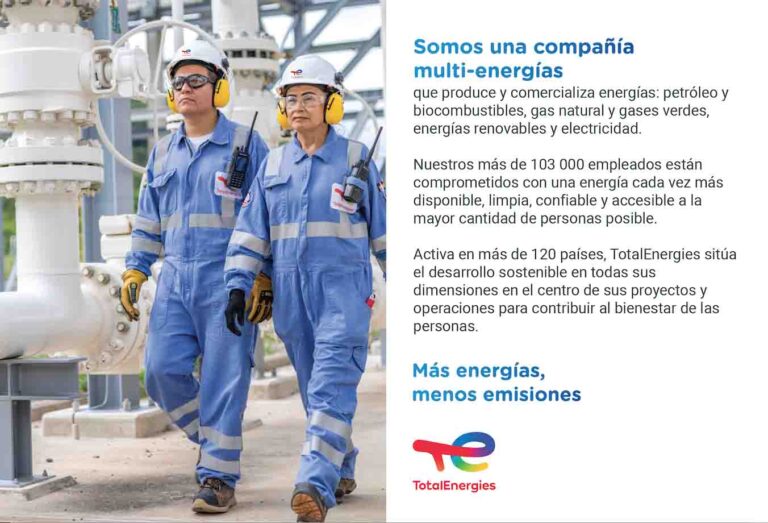An interesting conversation. The interviewee tells us that bacteria capable of generating electricity have been discovered, and that proteins derived from these bacteria have even been obtained, allowing electricity to be generated from the humidity in the air…
ISSUE 139 | 2024
Vesna Marinkovic U.

1What should we understand by bioengineering and its applications?
Bioengineering is defined as the discipline that combines principles of biology and engineering to develop products and services using living organisms or biological processes. Its applications span multiple sectors, including the development of personalized medicine, the production of pharmaceuticals, food, and beverages, and the sustainable use of genetic resources.
2Under what parameters does the Universidad Privada Boliviana (UPB) incorporate bioengineering into its curriculum?
UPB has designed its Bioengineering program with a focus on biotechnology, biomedicine, and the sustainable use of natural resources. Its academic structure is based on an intensive modular system, allowing students to take courses efficiently and in a personalized manner. Additionally, the program is part of internationalization and business development initiatives, providing students with opportunities to gain experience in various laboratories and industries.
3Bioengineering encompasses various fields of knowledge. Can we say it is changing the world?
We are currently experiencing a technological revolution in biology, driven by high-performance technologies. These enable projects ranging from monitoring vast land surfaces to studying the human body cell by cell. In this context, bioengineering is transforming numerous sectors through innovative solutions. For example, advances in genomics and bioinformatics have not only improved our understanding of human genetic diseases but have also optimized yields in the agricultural sector.

“…we are experiencing a technological revolution in biology, driven by high-performance technologies…”
4What is the most important relationship between bioengineering and renewable energy?
Living organisms have the ability to transform matter into energy or into materials that can be used for energy generation. Bioengineering studies and optimizes these processes, making them viable alternatives within a country’s energy network.


5How can bioengineering be applied to the field of alternative energy?
Historically, energy production has utilized industrial waste, such as byproducts from the sugar-alcohol industry or livestock farming. However, current research has expanded this scope, exploring emerging areas such as bioelectronics, the use of bio-optical fibers discovered in marine organisms, and even biomining, which allows valuable materials to be extracted from electronic waste through biological processes.
6What are the latest bioengineering advancements related to energy?
Bioengineering has been characterized by mimicking and harnessing natural processes. In the field of bioelectricity, bacteria capable of generating electricity as part of their metabolism have been discovered, forming bio-cables in the soil. Additionally, proteins derived from these bacteria have been obtained, which can generate electricity from the humidity in the air. Another key advancement is bioelectronics, which has enabled the creation of biodegradable devices and biosensors.
7Do you believe bioengineering is significantly contributing to the global energy transition?
The role of bioengineering in renewable energy is still an expanding field. Traditionally, biological sciences have been considered separate from the energy sector, but today we are witnessing their integration. Not only are they contributing to environmental sustainability in the implementation of alternative energy sources, but they are also driving the production and discovery of new sustainable energy sources.
8What would be the most significant contribution of bioengineering to Bolivia’s energy sector?
In Bolivia, bioengineering applications in the energy sector include the use of biomass for electricity generation through turbines, ethanol production as a biofuel, and the implementation of reactors for biogas production from organic waste. In the future, it will be essential to involve small, medium, and large companies in these technologies, promoting energy self-sufficiency models in cities through electricity generation from urban waste.

“…we are experiencing a technological revolution in biology, driven by high-performance technologies…”

